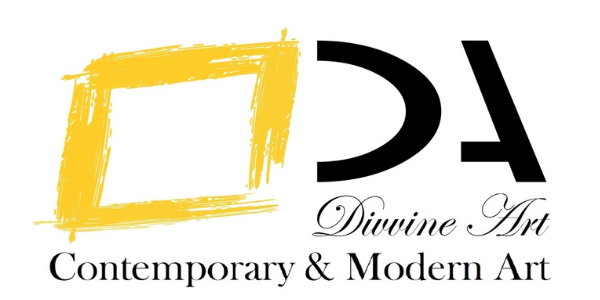Animal were the main subject for the first artists who depicted the animals that were essential to their survival. Only the flickering light of fires and oil lamps illuminated the murals, which were hidden deep into cave walls. We don’t know why these images were created, but we can assume they were essential to their makers and had some sort of magical or religious significance. The drawings, on the other hand, show a great deal of awareness of the actual animal, and they are marvellously streamlined and direct. They were plainly done by persons who were thoroughly familiar with their themes, which were necessary because such creatures provided food, clothes, oils, and much more.
During the middle Ages, animals continued to have a place in art, but they were viewed as symbols, and they frequently appeared in religious works, particularly marginal illuminations to handwritten texts. Many animals were depicted in mosaics and wall paintings discovered at Pompeii and other Roman colonies, but it wasn’t until the fourteenth century that animals became serious topics for artists in their own right. Scientists who were beginning to explore the natural world and its animals needed artists to describe their discoveries, which were carried back to Europe in the form of skins and sketches.
Andrea Mantegna (1431-1506), Leonardo da Vinci (1452-1519), and Albrecht Dürer (1471-1528), Renaissance draughtsmen who were keenly engaged in the world around them, all drew excellent studies of animals. A century later, artists like Melchior d’Hondecoeter (1636-95) painted large canvases filled with exotic birds in exotic environments, as well as domesticated fowl or birds from private collections.
Many developments occurred as the nineteenth century came to a close, particularly in production methods, new printing processes, and the introduction of photography. Archibald Thorburn (1860-1935) observed and worked with these changes. He was one of the first wildlife artists to take a sketchbook into the field and work directly from life. He also pioneered the use of birds in paintings that were no longer considered as scientific feather maps, but rather as artworks in their own right. He made a special appeal to sportsmen who wanted photographs of their shooting excursions through beautiful country surroundings.
The advancement of photography – of which wildlife photographers were pioneers – liberated artists from their conventional, illustration-based technique. Bruno Liljefors (1860-1939), a Swedish landscape painter, paved the way by depicting animals as naturally as trees, rocks, or a human figure.
A number of artists born around the turn of the century became interested in painting nature scenes, based on their own personal experiences in the field. Peter Scott (1909-1989), for example, painted the wildfowl he was trying to fool on the East Anglian marshes and estuaries as a keen shot. Naturally, this pastime came to an end soon after, and his initial love for shooting morphed into a strong desire to protect the environment.
Wildlife art as we know it evolved from a more scientific approach to the study of animals in the late sixteenth and seventeenth century. The early naturalists wanted to illustrate the species they were identifying and describing. Woodcuts were once the only means to create images that could be mass-produced. Later followers were inspired by books like Francis Willughby’s Ornithologia, published in 1676 and featuring woodcuts by W. Faithorne.
A Natural Course of Events
Is a dog just a dog in art? Certainly not in the history of Animal art, where a canine on canvas can express a wide range of emotions, from fidelity to deceit to seduction. While these divergent interpretations may appear to muddle a painting’s message, they are also indicative of the long and rich history of animal symbolism in Western art.
Since classical antiquity, European painters have attributed meaning to both real and imaginary creatures. The Bestiary, an illustrated reference that supplied both natural history and moral connections for a wide range of creatures, was published in the 12th century, and it standardised some readings.
Artists such as Leonardo da Vinci created their own renditions of the Bestiary throughout the Renaissance, and Venetian painters such as Titian continued the practise in the 16th century, making their own works containing symbolic animals. Inspired by this history, we’ve put together a list of seven animals—from peacocks to ermines—and what they mean when painted.
In Europe, at least, the art of Richard Talbot Kelly (1896-1971) and Eric Ennion (1900-1981) owed nothing to what had gone before. They were fully aware of Oriental art, particularly the printmakers of China and Japan, and it’s quite different background from that of the European tradition, as were many other artists around the turn of the twentieth century. In the 1960s and 1970s, Talbot Kelly and Ennion had a significant influence on aspiring young wildlife artists, particularly a group centred at the Royal College of Art. Working directly from life is extremely essential to these artists, and much of their work is created in the field and subsequently presented, often with signs of exposure to the current bad weather.
Artists gradually broke free from the suffocating tradition of illustration to communicate views about nature, as well as to use the theme of wildlife to express ideas about design, composition, pattern, and colour. They were no longer concerned with getting every detail correct in terms of photography. Traditionalists who sought to represent their subjects with photographic clarity began to split wildlife art from others who wanted to experiment with alternative ways, already familiar to other areas of art.

